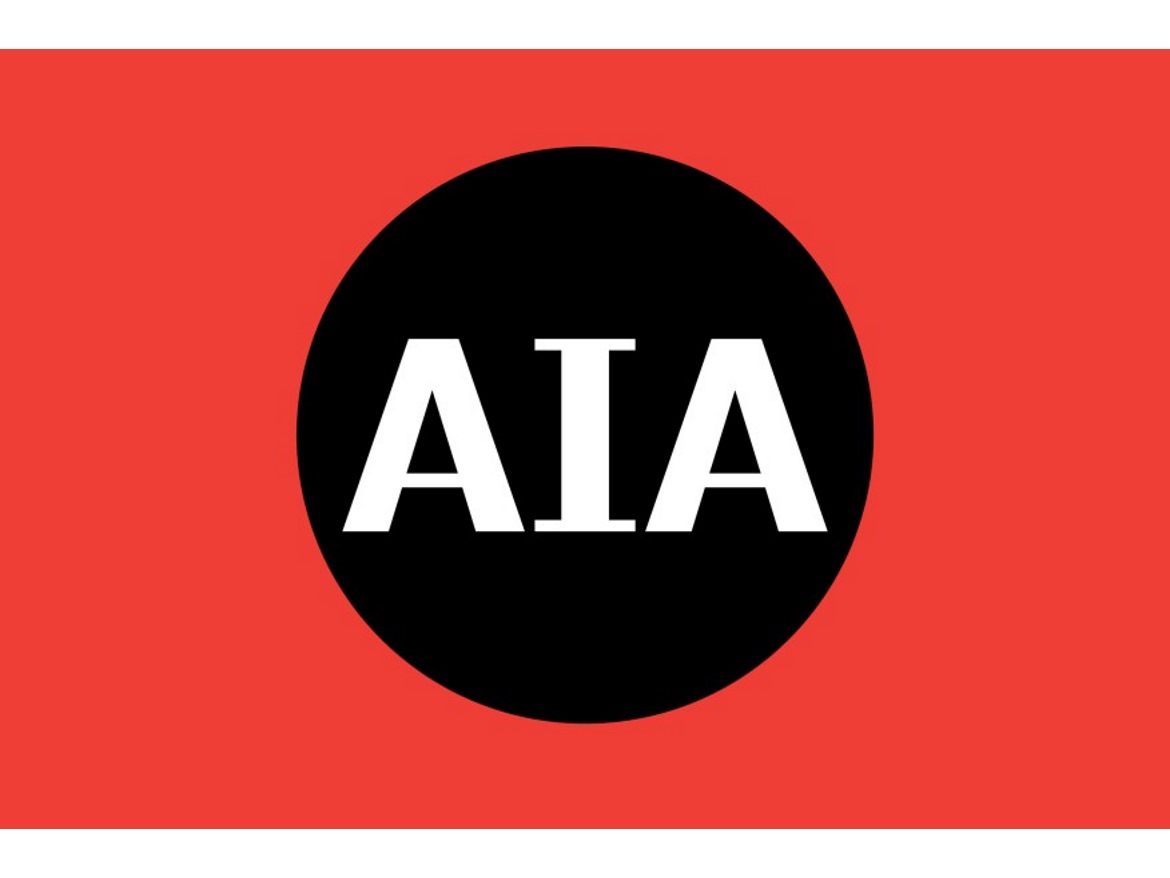The American Institute of Architects (AIA) applauds enactment of the bipartisan infrastructure bill that will allow the U.S. to make meaningful advancements towards building a more resilient and sustainable built environment.
"This bipartisan legislation affirms AIA’s long-held contention that buildings are infrastructure,” said AIA 2021 President Peter Exley, FAIA. “It is encouraging to see Congress make meaningful investment in building sector energy efficiency and resilience. While the infrastructure deal is an important step forward for our nation, more needs to be done if we are going win in this race against time for our planet. We continue to urge Congress to support the significant climate investments contained in the Build Back Better bill, as well as aggressive emissions reduction commitments at COP26 that will combat climate change.”
AIA advocated for several provisions included in the “Infrastructure Investment and Jobs Act,” (H.R. 3684), which will improve safety, resilience and sustainability in the built environment. Key provisions that would improve the built environment, include:
- Providing $3.5 billion in funding for the Department of Energy’s (DOE) Weatherization Assistance Program, which increases energy efficiency and reduces costs for low-income households.
- Authorizing $500 million in competitive grants to support energy-efficient and renewable energy in schools.
- Allocating $1 billion for the Federal Emergency Management Agency’s (FEMA) Building Resilient Infrastructure and Communities (BRIC) program.
- Allocating $500 million for grants established from the Safeguarding Tomorrow through Ongoing Risk Mitigation Act (STORM Act), which mitigates hazards to reduce risks from disasters.
- Providing $250 million in funding to establish the Energy Efficiency Revolving Loan Fund Capitalization Grant Program, which states could use to improve the energy efficiency of residential and commercial buildings.
- Establishing a $225 million competitive grant program within the DOE's Building Technologies Office to support cost-effective building code implementation.
- Establishing a $40 million grant program to train individuals to conduct energy audits and surveys of commercial and residential buildings.
- Developing building, training, and assessment centers through institutions of higher education and Tribal colleges to train architects, engineers, and other professionals about energy-efficient design and technologies, along with fostering additional research.
- Allowing the Metropolitan Transportation Planning authorities to use federal funding to promote more walkable and multi-modal communities.
Since February, the AIA and its members have been advocating for members of Congress to include federal funding for buildings in the infrastructure package. So far, AIA members have sent more than five thousand letters to their respective members of Congress. On July 23, an op-ed authored by Exley, “U.S. building infrastructure needs 21st century upgrades,” appeared in The Hill outlining why buildings are a critical part of America’s infrastructure.
Visit AIA’s website to learn more about itsadvocacy efforts.


